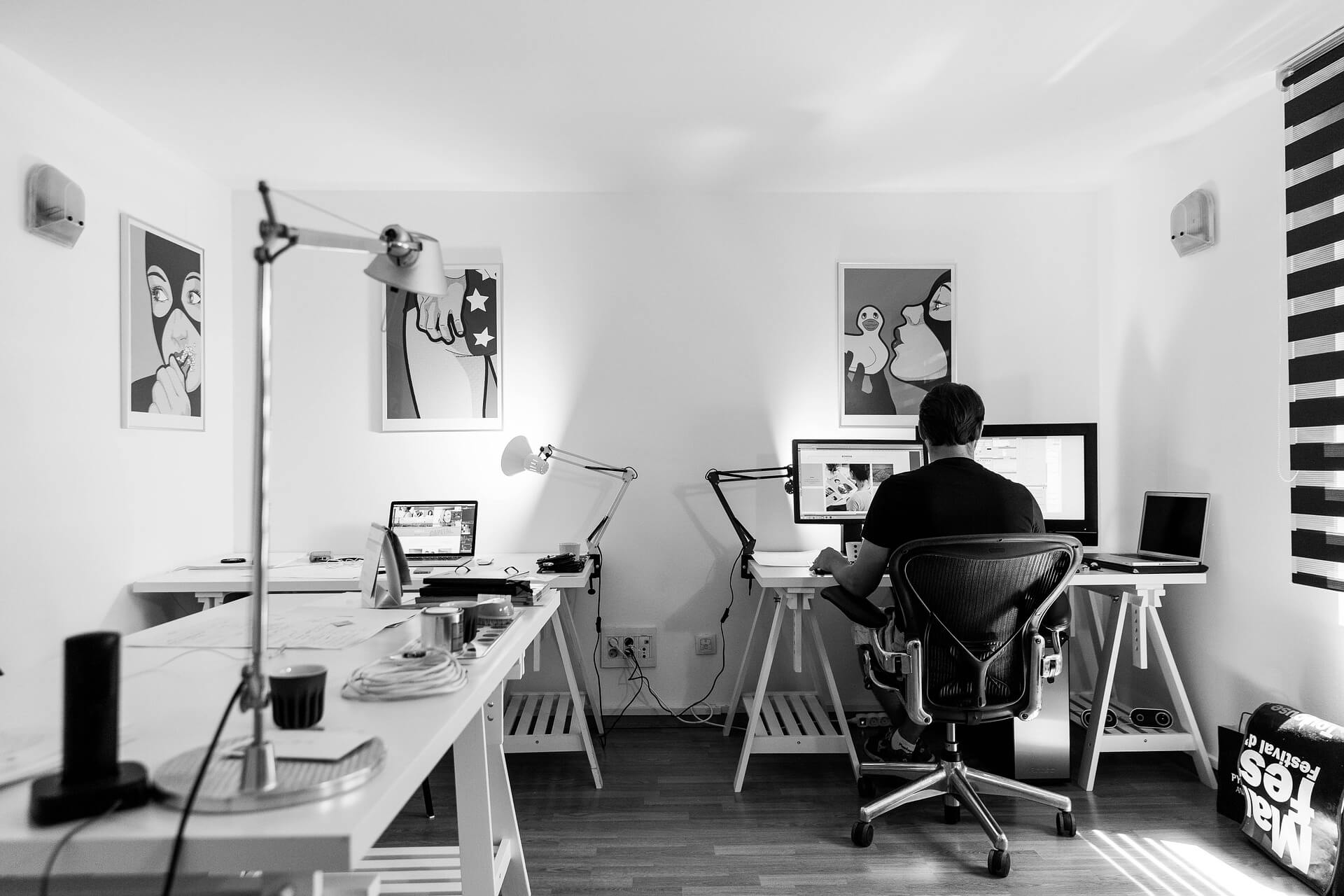Since there’s been a large increase in the number of people working from home in the past month, it only seems fair to address one of the most common myths about homeworking.
Accidents happen. And sometimes, they happen at home. However, if an accident happens at home while the employee is working, you may be liable. Unfortunately, many employers believe the home to be a risk-free environment. This isn’t the case.
Here’s just a few of the common hazards to consider:
- Manual handling
- Electrical equipment
- Slips, trips and falls
- Stress
- Display screen equipment (DSE)
Let’s start with electrical equipment and DSE.
Desk-working
If your employee is working from home that means there’s a good chance they have a desk job. If they have a desk job, they probably have a computer or laptop.
You could be liable for any accidents that occur in a home-working environment in relation to this equipment. But, this is particularly true if you’ve supplied the employee with it. If you have, you maintain responsibility for its maintenance and examination.
To avoid any risk, ensure that the equipment is tested prior to providing it to the employee. Then, make sure you conduct regular checks and risk assessments when appropriate.
As a precaution, you should conduct a risk assessment of the employee’s workspace. Any equipment they are using should be included in this. Obviously, this may be difficult given current circumstances. Therefore, you could ask the employee to conduct a self-assessment using a form.
Trip hazards
When setting up your office, you probably did all the appropriate checks and ensured basic safety was covered. For example, there won’t be exposed wires everywhere.
For those working at home who don’t have an office, it may not be that simple. Wires can be major trip hazards, even if they are seemingly harmless. The floor area an employee is working in should be free of them, a quick visual check should be enough to assess this.
Another risk comes in the form of overloading plug sockets. To have the perfect work setup, you might need to utilise multiple sockets. However, remember that plugging multiple devices into one outlet via an adapter increases the risk of it overloading. Use multiple sockets if possible, or an extension lead if not. Also, always check leads, wires, cables, and plugs for any signs of fraying or damage. If there is even a hint of damage, do not use it. It’s easy to order a new one online.
Stress
Mental health does come under the remit of health & safety, as well as HR. Despite what some people think, working at home can be more stressful than working on location. Couple that with the isolation of remote working, and things can get tough.
One way to combat this is to ensure you are checking in on your employee regularly. If not you, then their line manager or colleagues. At the very least, you should have a weekly catch up meeting to discuss workload and priorities. Having more work than you can handle is made even more difficult if no-one is aware of it.
If you utilise any support services, such as our employee assistance programme, remind the employee of the service if needed.
Other issues
We’ve scratched the surface of the types of issues home working employees can face. If you’d like further support, advice, or you just have a couple of questions, speak to one of our Health & Safety or HR experts on 01455 858 132.

Related resources
Categories
- Business Advice
- Contracts & Documentation
- Culture & Performance
- Disciplinary & Grievances
- Dismissals & Conduct
- Employee Conduct
- Employment Law
- End of Contract
- Equality & Discrimination
- Health & Safety
- Hiring & Managing
- Leave & Absence
- Managing Health & Safety
- Moving
- Occupational Health
- Pay & Benefits
- Recruitment
- Risk & Welfare




